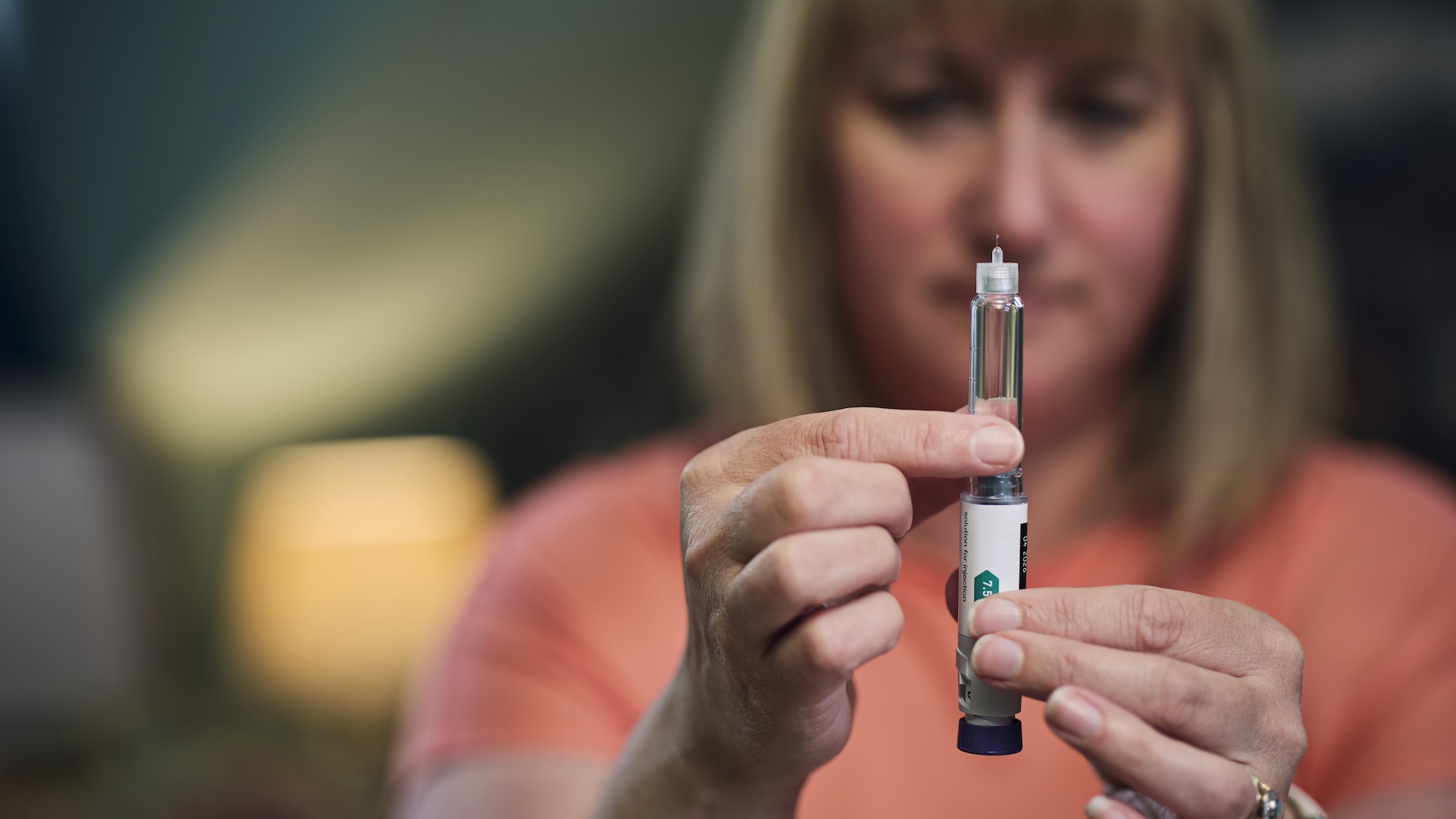Michelangelo's fingerprint possibly found on butt of wax statue
Museum curators hadn't noticed the print until now.

A 500-year-old wax sculpture attributed to Michelangelo might hold the famed Renaissance artist's fingerprint, a new analysis finds.
Michelangelo reportedly created the wax sculpture as a study for a larger sculpture he planned for St. Peter's Basilica in the Vatican, according to a statement from BBC Two, which just released the new season of "Secrets of the Museum" featuring the figurine. However, the larger sculpture was never completed, and now the model belongs to the Victoria and Albert Museum, or the V&A, in London.
Called "A Slave," the wax figurine had been on display, but curators moved it from an upper-level gallery during the unusually warm spring in 2020 to a cooler storage area when the museum temporarily closed during the COVID-19 pandemic, according to The Times. Five months later, curators checked up on the figurine in storage, and they noticed a never-before-seen fingerprint or thumbprint on the sculpture's derrière.
Related: 11 hidden secrets in famous works of art
Perhaps the changing temperatures and humidity levels modified the figurine's wax composition, which made the print more apparent, art scholars told the Times. Given that Michelangelo reportedly created the sculpture, it's possible that the fingerprint is his.
"It is an exciting prospect that one of Michelangelo's prints could have survived in the wax," Peta Motture, a senior curator at the V&A, said in the statement. "Such marks would suggest the physical presence of the creative process of an artist. It is where mind and hand somehow come together."
Michelangelo destroyed many of his wax models before he died, Motture said. In fact, just before his death at age 88 in Rome in 1564, Michelangelo had many of his drawings and papers burned in two bonfires; he had other drawings burned in 1518, according to The New York Times. It's unknown why he ordered his work burned, but renaissance biographer Giorgio Vasari opined that maybe Michelangelo didn't want people to know the supreme effort he put into his work, as he wanted to appear as a genius whose work was perfect. Or, perhaps Michelangelo burned his work to prevent plagiarism, The New York Times reported.
Get the world’s most fascinating discoveries delivered straight to your inbox.
Because so much of Michelangelo's work was destroyed, "a fingerprint would be a direct connection with the artist," Motture said.

That said, many of Michelangelo's masterpieces — including the paintings on the Sistine Chapel and the statues of Pietà and David — are on display for the public.
While in Florence, Italy, Michelangelo made the 7-inch-tall (17.6 centimeters) figurine with the fingerprint, some time between 1516 and 1519. Later, he used the figurine as a model to create the marble statue "Young Slave," which is unfinished. This larger statue was designed for the tomb of Pope Julius II. But the design for the pope's tomb was later changed, and so now the unfinished statue — which has a few differences from the earlier model — sits at the Accademia gallery in Florence, according to the V&A.
"A Slave" was acquired in 1854 by the Museum of Ornamental Art at Marlborough House, which later became the V&A. In 1924, a member of the public fell and knocked over the figurine, smashing its limbs, The Telegraph reported. The museum carefully pieced it back together, and did a "pretty amazing" repair job, Victoria Oakley, a conservator at the V&A, told The Telegraph. But after the accident, additives that the artist, presumably Michelangelo, imbibed in the wax began to seep out, which created a dark spot on the surface, she said.
To check the claim that the finger or thumb print on the figurine's rear is really Michelangelo's, V&A staff plan to compare it with a fingerprint on a 1530 terracotta statue known as "Two Wrestlers," which is known to have a fingerprint from Michelangelo, the Times reported.
The BBC Two documentary "Secrets Of The Museum" first aired July 20 and will run for the next six weeks.
Originally published on Live Science.

Laura is the archaeology and Life's Little Mysteries editor at Live Science. She also reports on general science, including paleontology. Her work has appeared in The New York Times, Scholastic, Popular Science and Spectrum, a site on autism research. She has won multiple awards from the Society of Professional Journalists and the Washington Newspaper Publishers Association for her reporting at a weekly newspaper near Seattle. Laura holds a bachelor's degree in English literature and psychology from Washington University in St. Louis and a master's degree in science writing from NYU.
